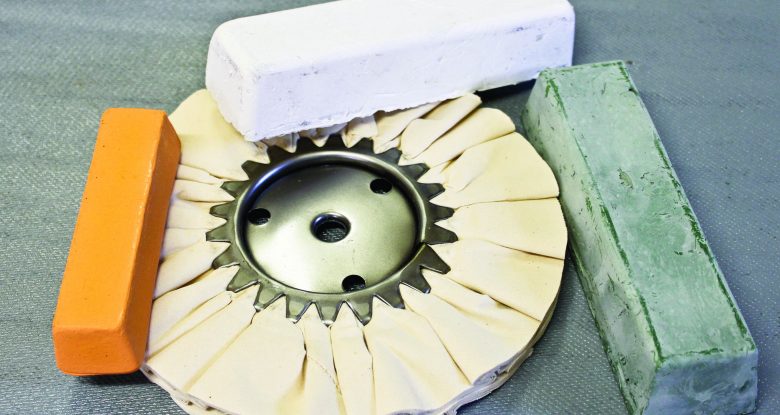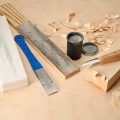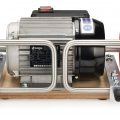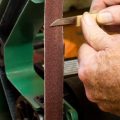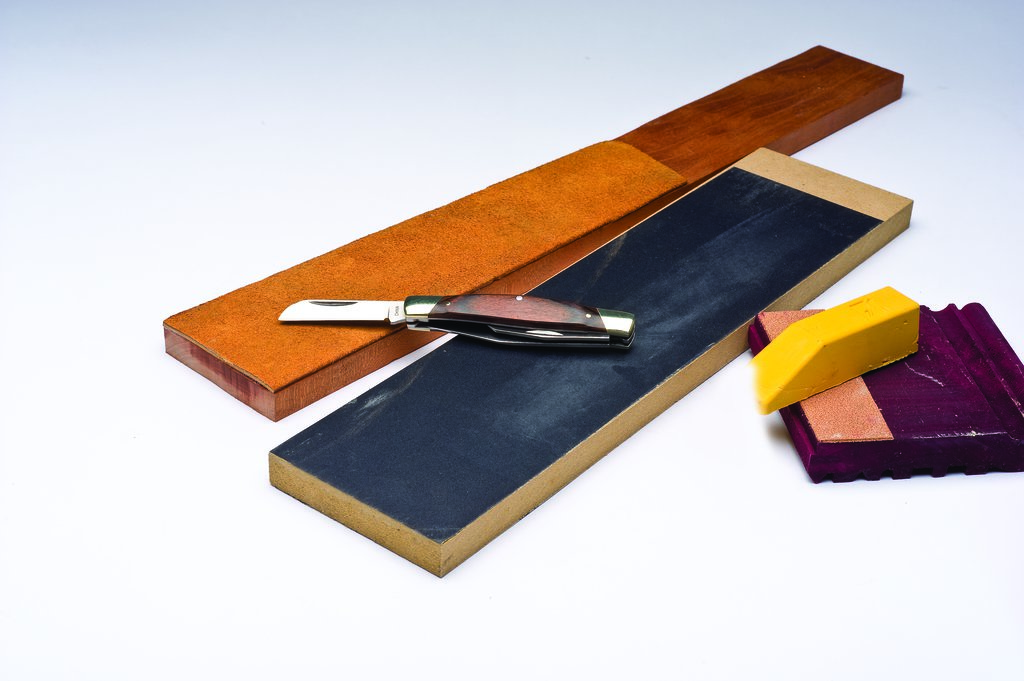Strop your tools to keep them in top shape
by Mac Proffitt
This article was first published in issue 55 of Woodcarving Illustrated.
Regular tool maintenance prevents hours of time spent sharpening. A properly maintained edge needs to be sharpened on a stone only if you damage the edge.
Proper tool maintenance begins with preventing unnecessary damage. Make sure the wood you are carving is free of dirt, grit, and hard knots. Do not pry or try to dig wood out with your knife, and avoid scraping the blade across the wood.
The other crucial step in maintaining a sharp edge is stropping properly. Stropping incorrectly is the most common reason a blade requires sharpening. When you strop a tool properly, you are maintaining the bevel, which in turn maintains the edge. Never let the tool go for long periods of time without stropping.
Beginners frequently ask how often to strop a tool. I suggest stropping before you start a carving session. Then, strop whenever the blade doesn’t seem to be cutting as well or if you see scratch marks on the wood. With practice, you’ll be able to tell when your tools need stropping.
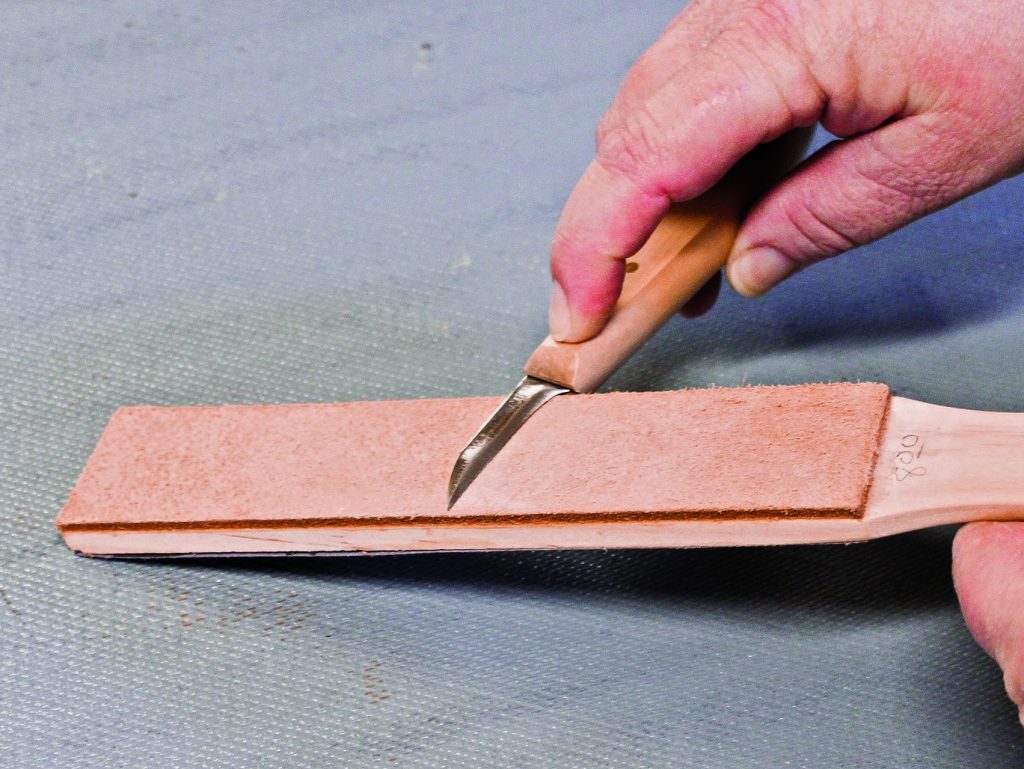
Use a leather strop. Apply stropping compound to the leather. Make sure the entire bevel rests on the strop. Carefully push the blade backward across the strop, away from the cutting edge. Stop at the end of the strop and roll the knife backward across the back of the blade. Never roll the blade toward the cutting edge. Make sure the entire bevel rests on the strop. Then, pull the blade back across the strop to polish the opposite side of the blade. Repeat the process eight to ten times.
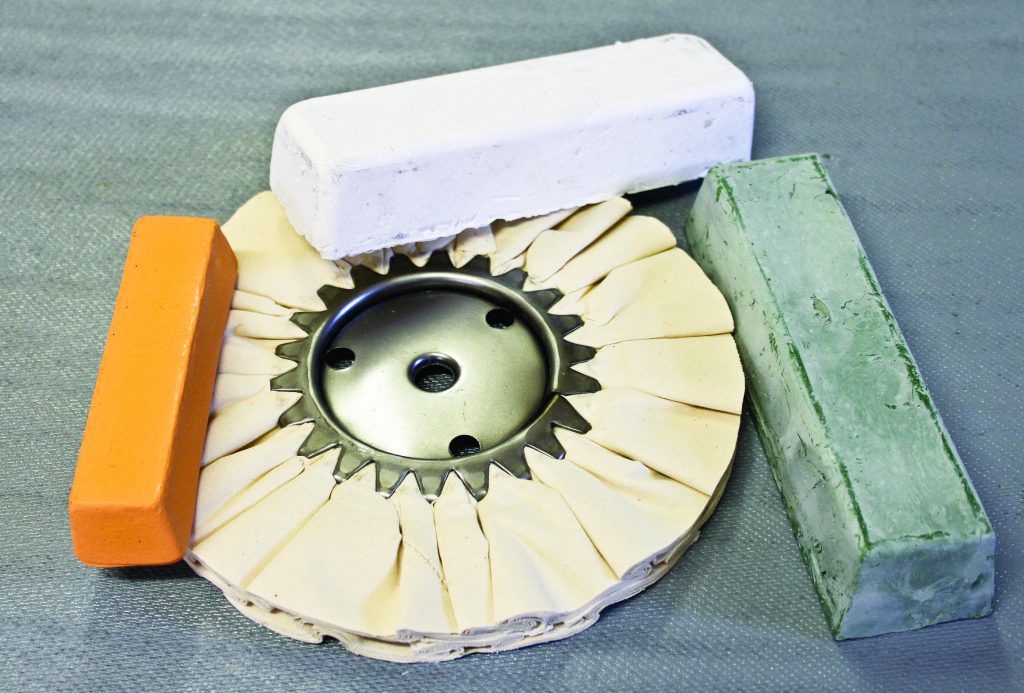
Use a buffing wheel. A buffing wheel does the same job as a leather strop, but produces results more quickly. I use a stiff cotton wheel with sewn-in air spaces to reduce the heat generated. Buffing compounds come in powder or block form. Different grits of compound are denoted by different colors—any grit will work for sharpening carving tools. Use the block form to apply buffing compound to a spinning wheel. Then, press the tool lightly against the spinning wheel. Keep the entire bevel in contact with the buffing wheel and position the tool so the wheel rotates away from the cutting edge. If the wheel rotates into the cutting edge, the wheel will catch your tool and can damage the edge or pull the tool out of your hand.
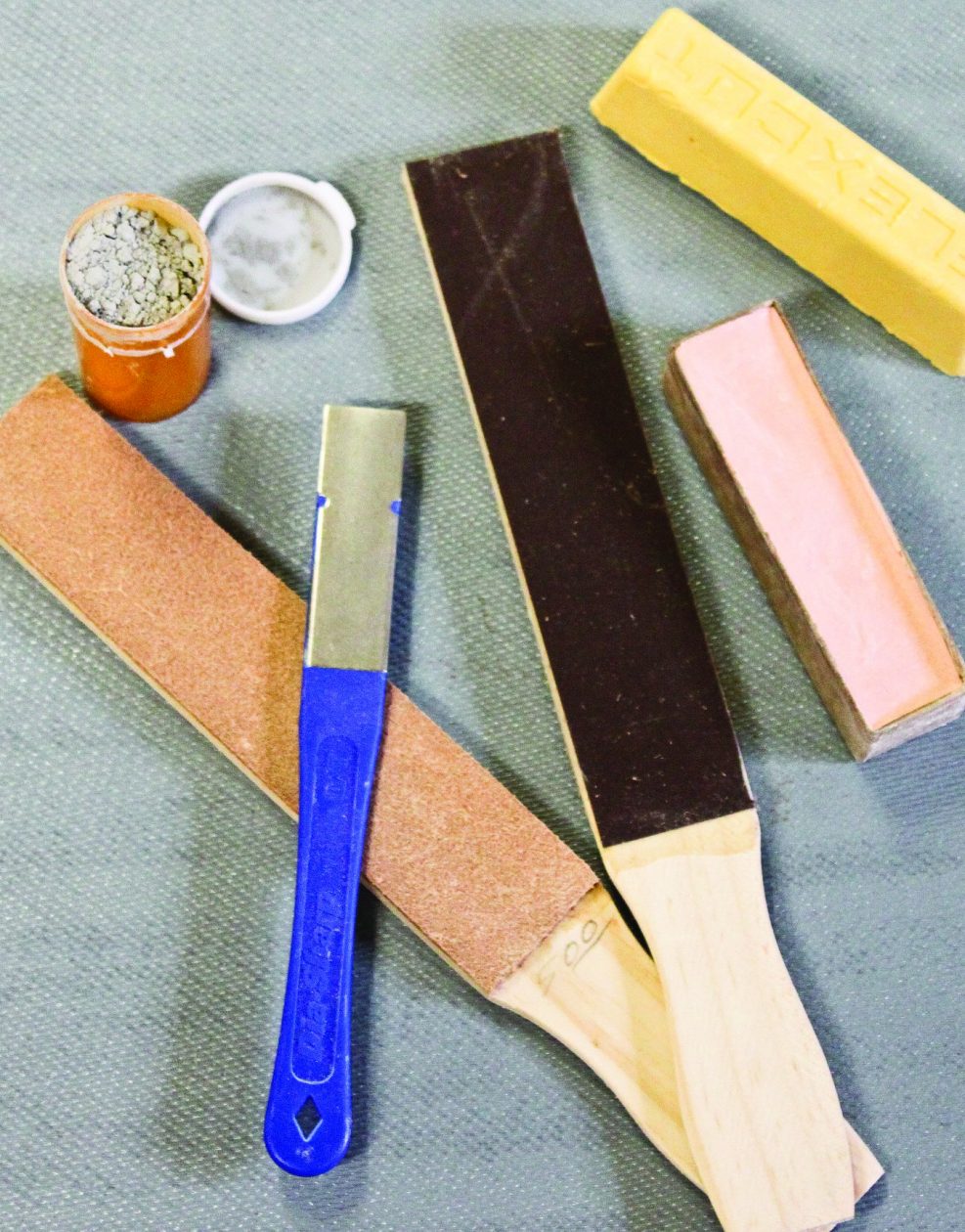
Perform minor maintenance as needed. Sometimes a tool won’t respond to stropping or has a difficult burr on the edge. Instead of re-sharpening, use 600-grit sandpaper or a fine stone prior to stropping. Leather shoestrings or wooden dowels work well to maintain the inside of small V-tools and veiners.
About the Author
Mac Proffitt has been teaching carving classes and tool sharpening for more than fifteen years. Contact Mac or visit his shop, Smoky Mountain Woodcarvers, at www.woodcarvers.com.
Discuss this material on the Woodcarving Illustrated forums.


